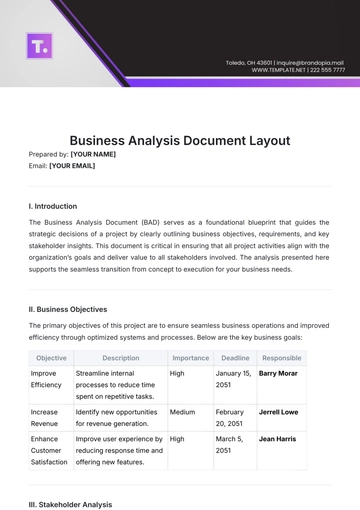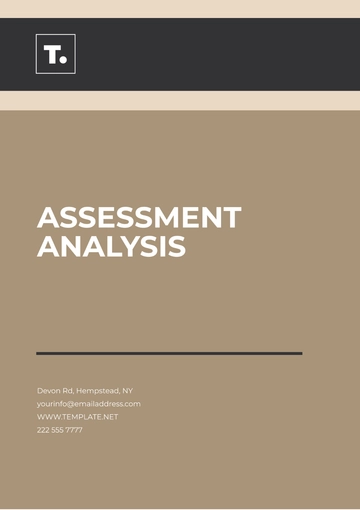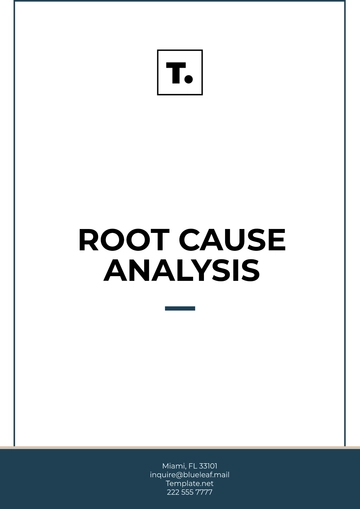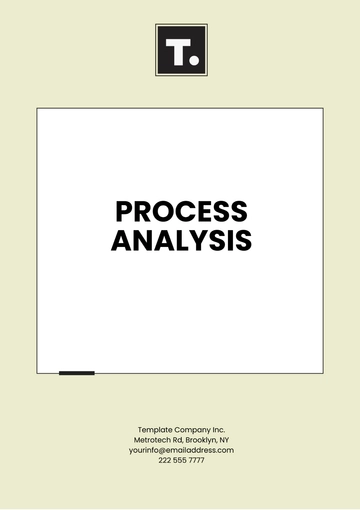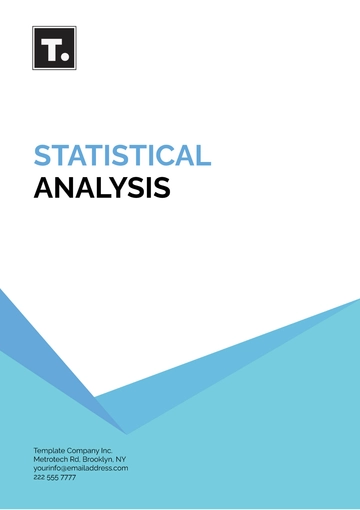Short Story Literary Analysis
Prepared by: [Your Name]
Date: [Date]
1. Introduction
The short story is a concise form of narrative fiction that has captivated readers for centuries due to its condensed form and powerful storytelling capabilities. This analysis aims to delve into the various aspects that make a short story impactful, including its themes, characters, setting, and linguistic style. By examining these elements, we can gain a deeper understanding of how short stories convey complex messages in a limited space.
2. Plot Overview
The plot serves as the backbone of a short story, providing structure and guiding readers through a sequence of events that build toward a climax and resolution. Understanding the plot is essential for grasping the overall impact of the story.
Plot Diagram
Element | Description |
|---|
Exposition | Introduces characters, setting, and the initial situation, establishing the groundwork for the story. |
Rising Action | A series of events that intensify the central conflict, increasing tension and engagement. |
Climax | The story's peak moment of tension and the turning point where the main conflict reaches its highest point. |
Falling Action | Events that follow the climax, lead toward resolution and providing closure to the conflict. |
Resolution | Concludes the narrative, resolving the main conflict and addressing the aftermath of the climax. |
3. Character Analysis
Characters are integral to a short story, as they drive the plot and facilitate emotional connections with the reader. The depth and development of the characters enhance the story’s impact.
3.1 Main Characters
Protagonist: The central figure who encounters and attempts to overcome the primary conflict.
Antagonist: The character or force that opposes the protagonist, creating tension and conflict.
3.2 Character Development
Effective character development reveals how characters evolve in response to the unfolding plot. This evolution, whether subtle or dramatic, adds depth and authenticity to the narrative, allowing readers to witness personal growth or transformation.
4. Themes
Themes represent the underlying messages or core ideas that the author aims to communicate. They often delve into universal human experiences and emotions, providing deeper insight into the story.
4.1 Common Themes in Short Stories
Love and Relationships: Explores the complexities of human connections and emotions.
Conflict and Resolution: Examines the nature of conflict and the processes of resolution.
Good vs. Evil: Addresses moral and ethical dilemmas.
Coming of Age: Focuses on personal growth and maturity.
Moral Dilemmas: Highlights the challenges of making ethical choices.
4.2 Analysis of Themes
A nuanced analysis of themes can uncover layers of meaning within the narrative. For example, a story set against the backdrop of war might delve into themes of loss, duty, and the futility of violence, revealing deeper insights into the human condition.
5. Setting
The setting encompasses both the physical and temporal dimensions of the story, shaping its mood and influencing the narrative.
Elements of Setting
Geographical Location: The physical space where the story occurs.
Time Period: The historical or temporal context of the story.
Socio-economic Context: The social and economic environment affecting the characters and their interactions.
Weather and Season: Elements that can impact the story's atmosphere and tone.
6. Linguistic Style
The linguistic style of a short story includes the author’s choice of words, sentence structure, and use of figurative language. This style enhances the narrative's emotional and thematic resonance.
6.1 Key Elements of Linguistic Style
Imagery and Descriptive Language: Creates vivid mental pictures and enhances the sensory experience.
Dialogue: Reveals character traits and advances the plot through interactions.
Symbolism and Metaphor: Adds layers of meaning and depth to the narrative.
Sentence Variation and Pacing: Affects the story’s rhythm and readability, guiding the reader's engagement.
6.2 Impact of Linguistic Style
An author's linguistic style can profoundly influence the reader's experience, either immersing them in the narrative or presenting challenges to comprehension. Effective language use can transform a straightforward plot into a rich, evocative experience, brimming with meaning and emotional resonance.
7. Conclusion
Analyzing a short story requires a comprehensive examination of its components, including plot structure, character development, thematic elements, setting, and linguistic style. Each element contributes to the overall impact of the narrative, allowing readers to appreciate the intricate craftsmanship behind a compelling short story. By dissecting these aspects, we gain a deeper understanding of how short stories convey complex ideas and emotions within a limited space.
Analysis Templates @ Template.net





